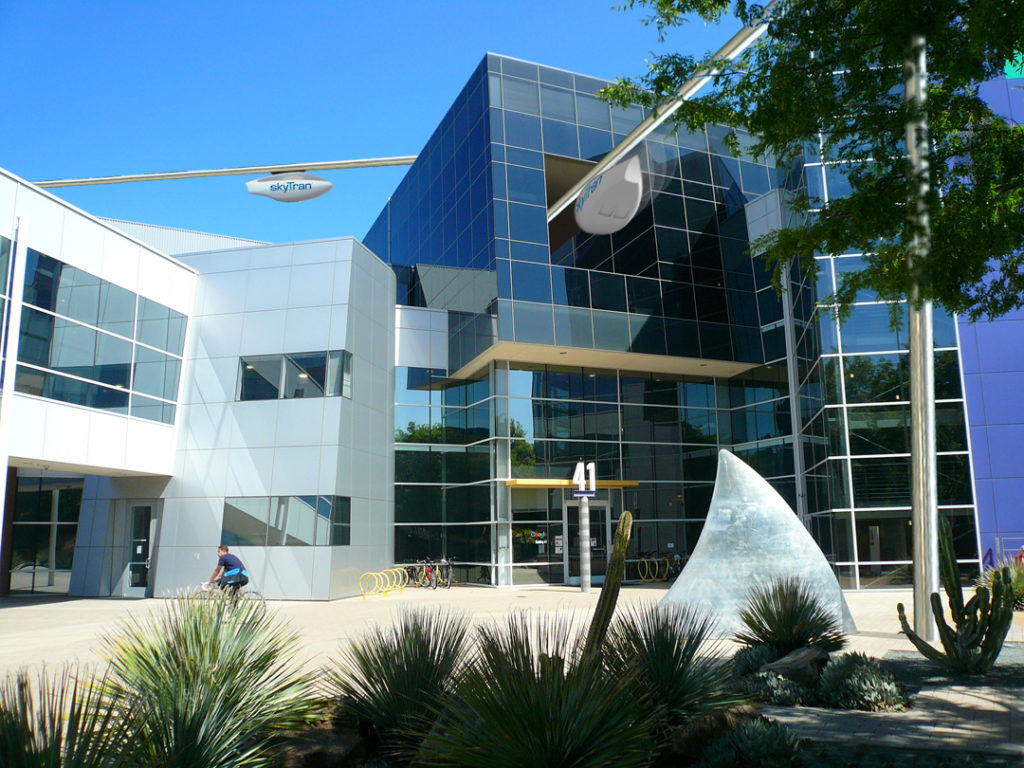An internal combustion engine is an internal combustion engine is an internal combustion engine. And like any working physical object it has limitations. Fact is, whether fueled by gasoline, kerosene, alcohol, ethanol, waste vegetable oil, natural gas (be it natural, renewable, compressed, liquefied) or even propane, these engines pollute. And as long as they are not 100 percent clean-burners, there is no getting around that. That, too, is a fact.
In California, the average motorist drives over 14,000 miles per year. The per-motorist average in some states is higher and is lower in others. Of the Golden State’s total mileage driven, if 95 percent of that is accomplished in internal-combustion-engine-powered motor vehicles steered by the roughly 30 million registered drivers with 15 billion gallons of gasoline burned on account of all that driving, some 75 billion pounds of carbon is released into the atmosphere from all of that driving activity as a result each year. That’s considerable and that’s just the annual carbon contribution from one state’s motoring activity.
Just to recap, in “Reflections on our rail past: Where we’ve been could tell us where we’re going” (Part 1) and “Under the (car) hood – Part 2: Inroads made and then some,” presented were both locomotive and automotive propulsion and development histories, as well as a little transportation pollutant-emissions and pollutant-emissions-abatement historical data included for added perspective.
The conversation switches gears today if you will with the focus on where surface transportation is likely to be, for purposes of this discussion, in the near-future, say, out to year 2050.
It’s clear that the basic configuration both for automatic motor vehicle and train travel methods has throughout their individual and independent histories changed relatively little. The product packages have had touches of modernity added to keep up with the changing times but anyone and everyone who is of at least a certain age and is familiar with both, recognizes each as such when they see them. There is no confusing either.
On the automotive development stage, there is huge pressure being applied from a number of interests to decarbonize the mode. It’s understandable as anywhere from a third to 40 percent of greenhouse gas emissions is contributed by transportation and the bulk of that from the road-based mode sector. That’s why the heightened push in recent times for both near-zero and zero-emissions automobility. That’s been the situation on the ground in many places, but with the outbreak of the coronavirus, the dynamic may have changed. At this point it is really difficult to say. The main thrust right now is in getting the vaccines distributed to people in all corners of the globe and that presents its own sets of logistical challenges.
Another challenge is to get the economy on sound footing, having people return to work, removing the disruption with respect to the human condition and having life returning to some semblance of normalcy.
Provided all that happens, the thinking here is that we will again pick up the automotive development ball and run with it, and do so perhaps as if the COVID-19 pandemic had never even happened. But, that it has, this great disruptor really changed personal behavior. Prior to the disease’s onset, ride-hailing and car-sharing were big deals. And transit operations were somewhat strong. In the motor vehicle realm a lot of attention was paid to the autonomous and self-driving aspects and, to some extent, that was true for transit too.
Concepts like Hyperloop seemed to be experiencing leaps-and-bounds growth. In fact, a test run recently carried two people inside an enclosed capsule or pod speeding at over 100 miles per hour for the first time. So, the question now is how long before travel on this order is ready for prime time.
Okay, so let’s stop for a moment and think about why these innovations are even in the picture and on people’s radar at all.
In repeating what was offered in Part 2 earlier, “’However advanced the state of the [wagon road] was, it had become patently obvious that this pathway for transport just didn’t measure up … But, ultimately, it would be the car and the road it traveled upon that enabled our getting here – here being where we are today. And where we are today: 1 billion motor vehicles and growing on the world’s roadways.’”
When you think about it that’s a very profound thought, right there. And, with this in mind, in 10, 20, or 30 years from now, is this really where we still want to be?
Whatever it was that inspired or prompted our forebears to question the then status quo some 225 228 or so years ago and embark on a journey to want to improve transportation (navigation in this case) by adding the automation component to it – at that time in the form of the Monitor and Merrimack steam warships Robert Fulton’s steamboat, it is obvious that this mode went in this direction to fulfill a perceived need, that is, to make it “’more resilient, more durable and way more accessible and at the same time way more accommodating to a wider array of travelers,’” to repeat what was also posited earlier.
To that can be added safer, speedier and cleaner and the list is now more complete if not completely complete.
Moving forward to the future, whether in the automotive or train domains or both, on such that bar is arguably worth meeting!
And with that, this concludes this three-part series.

This post was last revised on Dec. 9, 2020 @ 6:20 a.m. Pacific Standard Time.
– Alan Kandel
